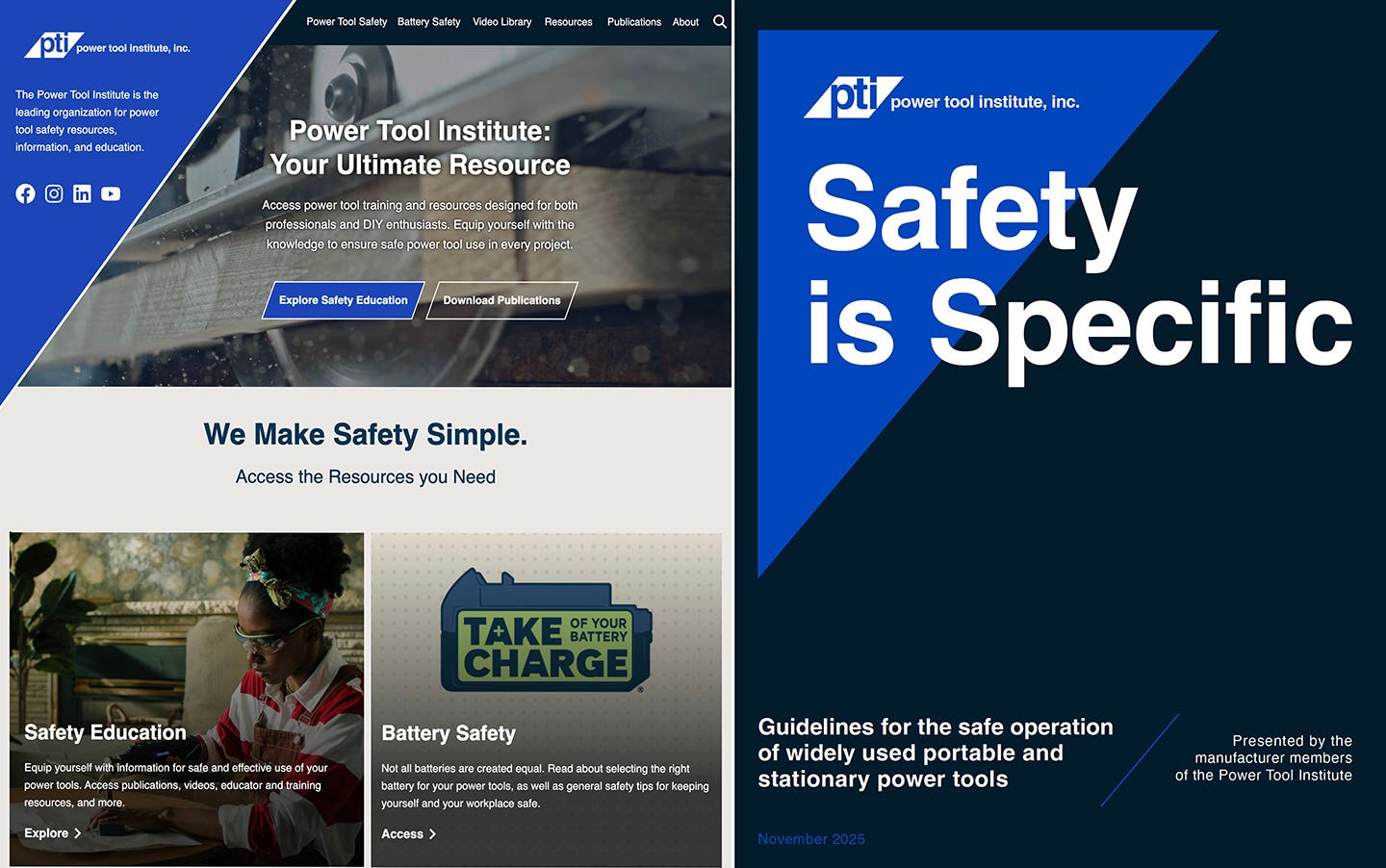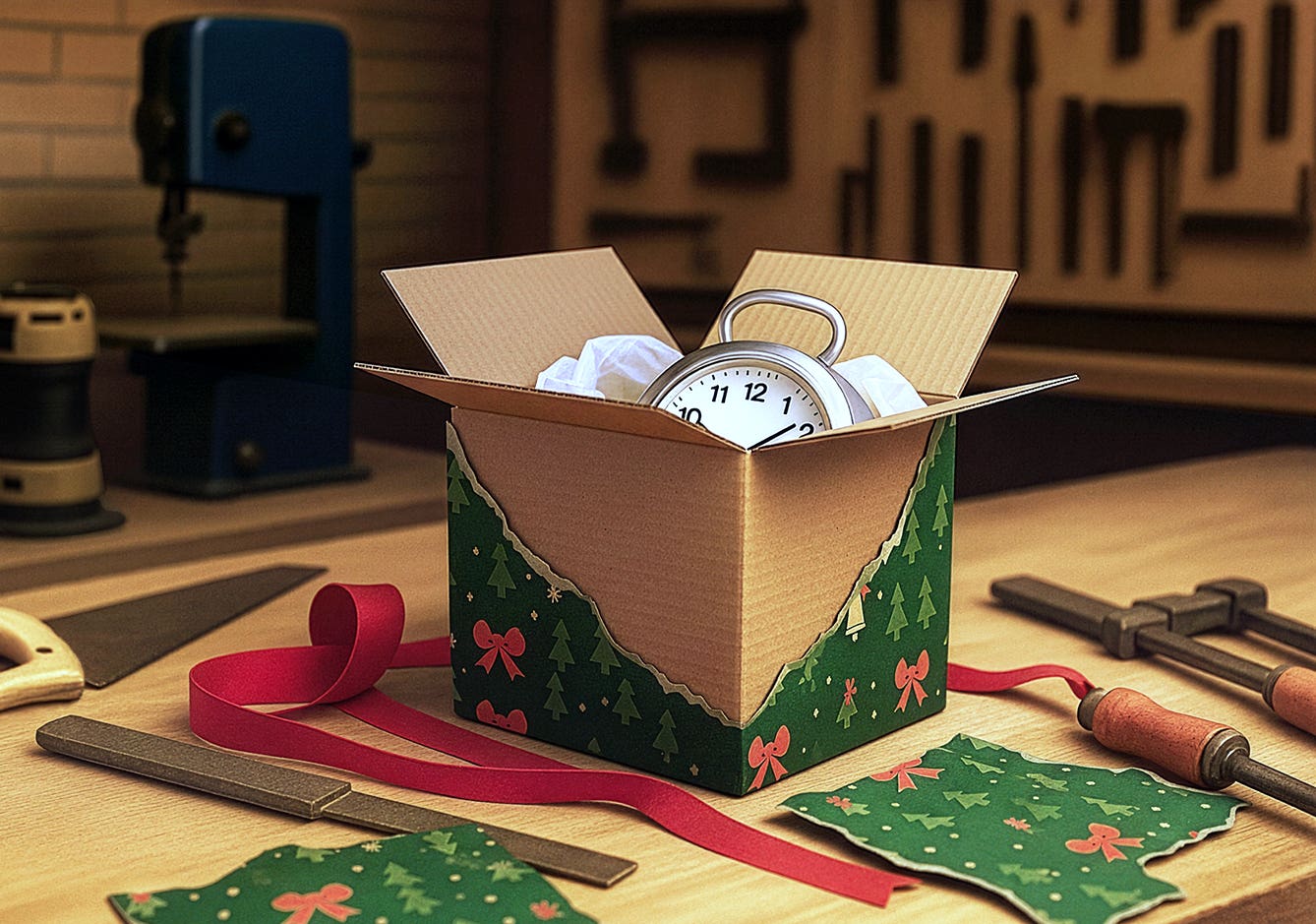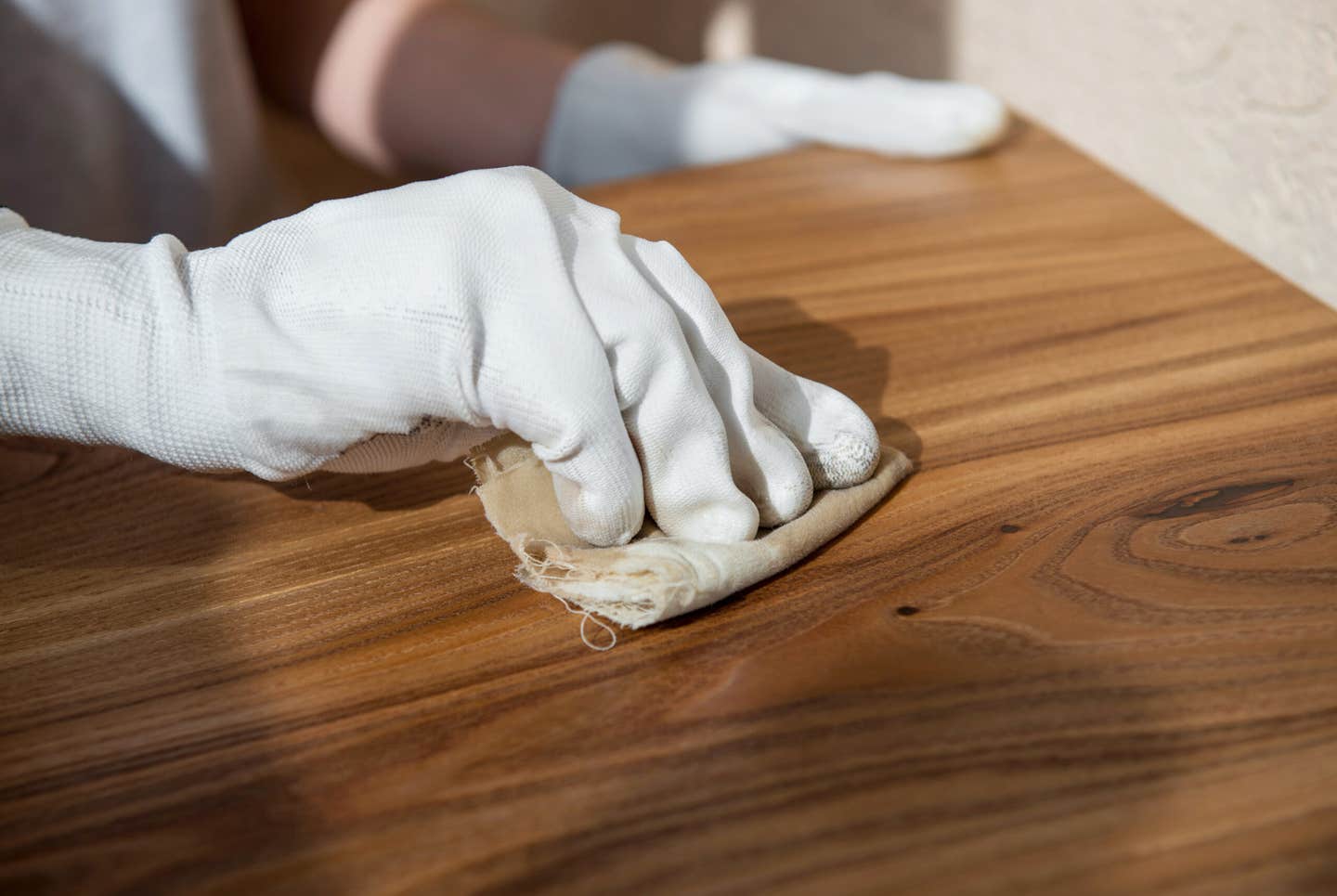Build sales with a time-tested technique
In this age of Internet marketing, website proliferation and sophisticated software for identifying prospects, there is still a need for a good, old-fashioned sales approach. In fact, some woodworkers view…
In this age of Internet marketing, website proliferation and sophisticated software for identifying prospects, there is still a need for a good, old-fashioned sales approach. In fact, some woodworkers view the flier as their most important form of advertising.
Don’t discount the low-tech flier. It is visible and versatile, useable as a giveaway, bulletin-board advertisement or a mailer. It can convey, clearly and succinctly, what you offer. Finally, it is inexpensive, especially if you create the copy yourself. Of course, we all receive fliers in the mail and they often get tossed in the circular file. That’s because they are mass-produced (often by ad agencies), homogenized and not targeted. With your personal attention in the effort, a flier will almost assuredly increase business.
Keep it simple
A flier should be one page (8-1/2” x 11”) and include your logo, services offered, no more than two photos, a headline and contact information. A one-page document will force you to be succinct. It’s also cheap to produce and distribute.
The key to composition is to make up a grabber headline, unify the copy, tell a story and use photos that show your skills. The headline depends on what you are trying to sell. For example, if you offer furniture restoration, an effective headline is: “We make antiques priceless.” Your story is the reason customers should come to you.
Design the flier from top to bottom and don’t be afraid of leaving portions of the page unmarked — what’s known as white space. Make sure the letter fonts go well with the photos and the photos should go well with the paper’s color.
Don’t add on anything extraneous. For example, if you also work in metal, don’t mention the service unless it contributes to the story. A good photo might be an amazing shot of your work, you working on a project or customers appreciating a design you’ve created. Use one or two photos at most. Overkill reduces impact.
Make sure your contact information is large and clear. Don’t make the reader squint. Include a phone number and email address.
Producing a flier should be a do-it-yourself project. If you lack art talent or computer skills, get friends or employees to help you. But even if you pay someone to do the project, make sure you oversee the work. After all, you are your biggest cheerleader and you know exactly what you can offer the marketplace. It might seem counterintuitive, but having something of handmade quality is often more effective than a professional glossy offering. It might make you seem more of an independent craftsperson.
Start spreading the news
After creating a marvelous flier, how do you use it? For starters, put fliers up on every public bulletin board, including at coffee shops, grocery stores, and libraries. It’s a simple, but effective, approach.
Mail them to past customers and prospects. You should be able to access a list of past customers with whom you feel the dealing went well and who should be doing more work with you. Ditto for prospects. These are people who came into your shop and for whom you prepared a proposal but, for one reason or another, didn’t then hire you. Maybe they put off the project and now would be the perfect time. Or maybe a previous customer might have lost your information and your flier reestablishes you as a service provider.
Customizing your flier is always a possibility. If you do work for builders, send a flier to houses being built (lists can be obtained at town halls), with the suggestion that the builder create a unique front door, a special mantel over the fireplace or a hutch that must conform to space requirements. Point out that these features could be great selling points. If you do any specialty work, send the fliers to the appropriate clientele, customizing the offering to meet their needs.
Set up a goal of 100 mailings a month and keep track of the results. Record names, phone numbers and e-mails of anyone who responds. If you get the most business from past customers, then that should inform where you put most of your energy.
But don’t limit yourself to mailings. Keep copies in your car and hand them out whenever you meet someone. See a Lexus in a parking lot? Stick one under the windshield wiper. Turn the flier into a 3’ x 5’ poster and hang it your office or showroom. If you exhibit at shows, create a sandwich board with flier enlargements on both sides.
There is never an end to their uses. Make fliers part of your marketing campaign and you’ll be amazed at the new business it generates.
Howard Scott is a former business owner and full-time writer.
This article originally appeared in the November 2011 issue.







